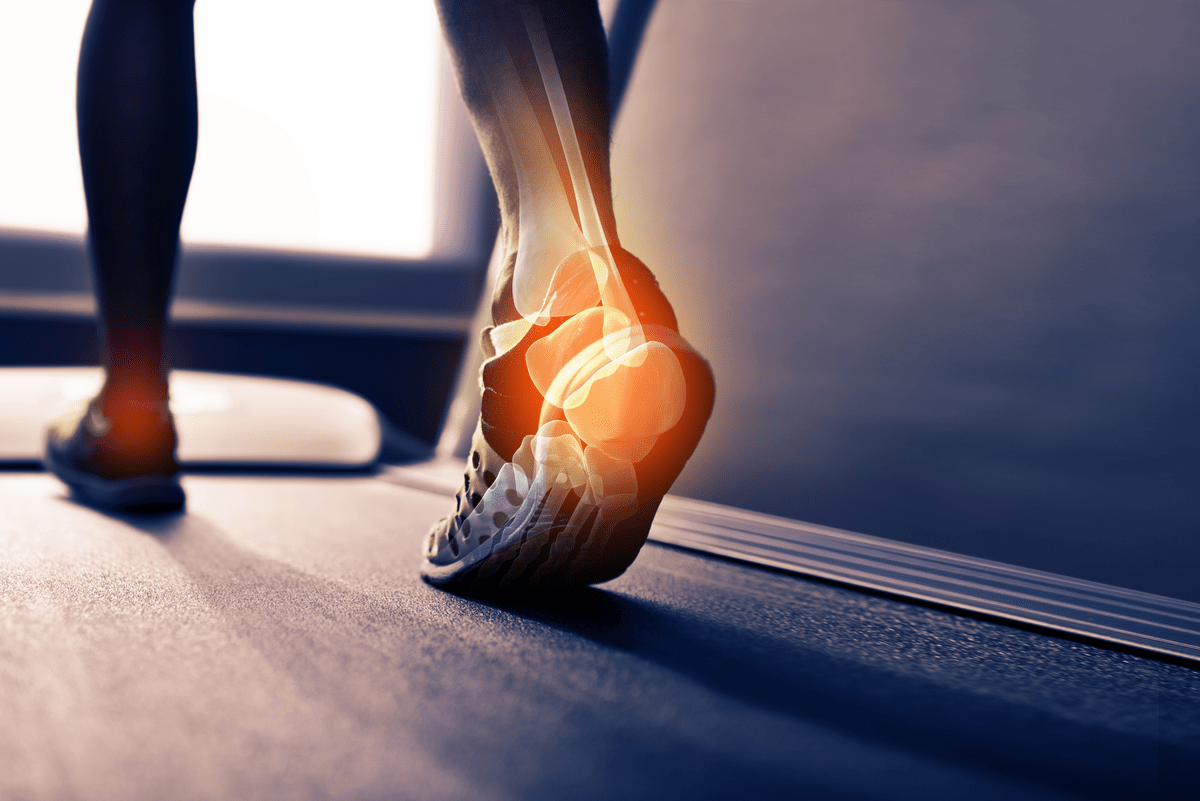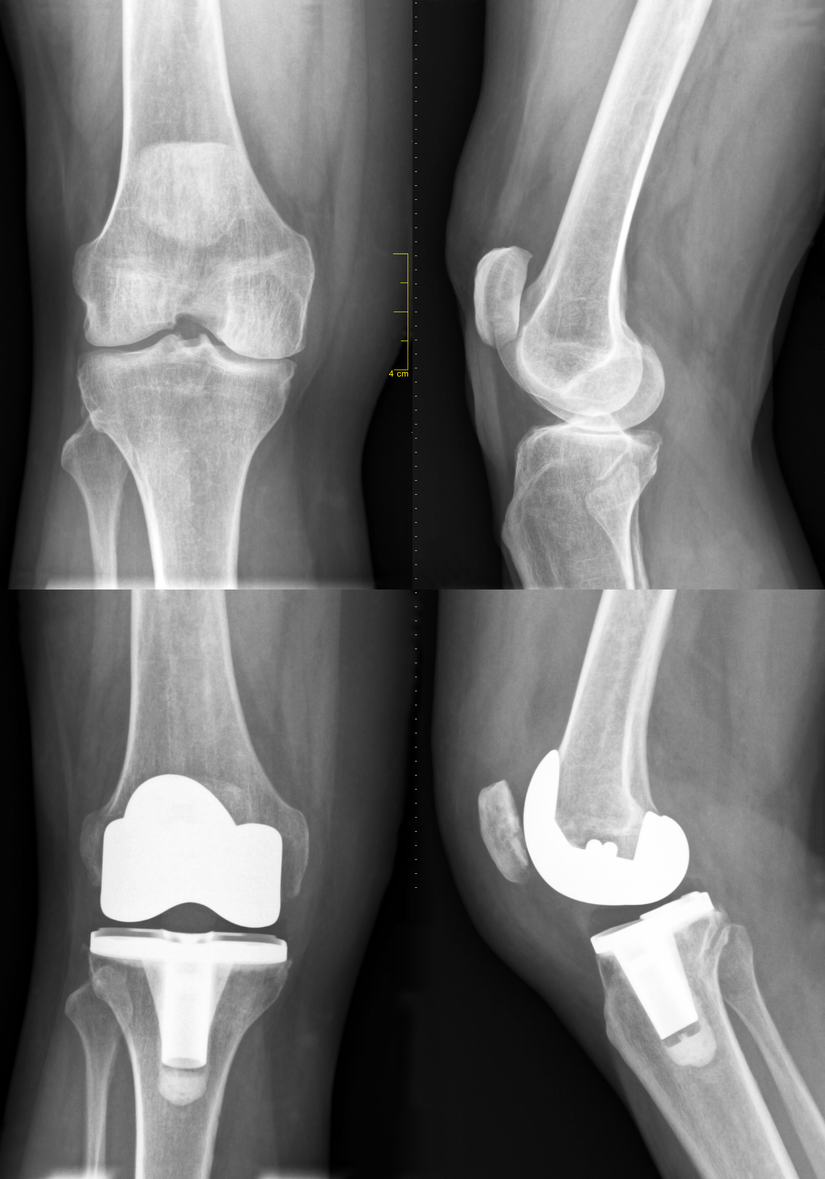A tendon is a type of connective tissue that attaches muscles to bones. When a tendon becomes damaged and swollen through repeated use, it’s called tendinitis. This is usually painful and can inhibit movement.
“Tendinitis is generally caused by overusing a joint, resulting in inflammation of the sheath that covers and protects a tendon,” says J.R. Barley, D.O., a Riverside sports medicine physician. “However, the tendon itself can become inflamed as well.”
If you think you may have tendinitis, read on. You may have tendinitis if you feel some of these symptoms.
Symptoms
Typical symptoms of tendinitis include:
- Swelling
- Tenderness
- A grating sensation when moving a joint
- Dull, aching pain around a joint
- Discomfort with movement, improvement with rest
While sprains also affect tendons, they’re generally caused by one-time injuries that overstretch or tear the tendons, rather than by repeated strain that happens over time.
Many repetitive sports injuries—tennis elbow or pitcher’s shoulder, for example—are types of tendinitis. However, you don’t need to be a pro athlete to develop it. Several types of jobs that require repeated use of the same part of the body can cause tendinitis. That includes many trades like house painting, landscaping and cleaning. Constantly reaching overhead, as electricians and flight attendants must often do, can create tendinitis. Jobs or hobbies that involve prolonged use of vibrating power tools can cause it too.
However, there are other causes. Things as simple as poor posture while sitting in front of a computer or overuse of the hands while playing videogames can also irritate tendons over time.
Certain health conditions and medications also increase the risk factors for tendinitis. These include certain blood and kidney diseases, gout, rheumatoid arthritis, and some antibiotics and cholesterol-lowering drugs.
Finally, people over 40 are more likely to develop tendinitis simply because tendons become less flexible with age.
How tendinitis is treated
If you think you have tendinitis, see a physician. The doctor will take your medical history and examine the painful area. While most cases can be diagnosed without imaging tests and treated without prescription medication, those might be necessary if the problem doesn’t go away with time.
At that point, imaging tests like MRIs or ultrasounds may be conducted. A small amount of fluid may also be removed from the painful joint to rule out gout or infection. If there is infection, an antibiotic will be prescribed. You may also receive a steroid injection to take down the inflammation and reduce the discomfort and stiffness. Only the most extreme or persistent cases require surgery—and this is rare.
Most cases of tendinitis can be treated with rest and basic TLC. Here’s what you’ll likely be advised to do.
- RICE. This stands for rest, ice, compression and elevation:
- Rest the overstressed joint. That means you’ll need to stop the activity that created the problem until the tendon can heal. A splint or brace can also help keep you from moving the joint.
- Ice it down. Cold can help reduce the inflammation and pain. Although you may be tempted to put a hot pack or heating pad on the injured area, wait a few days to make sure any swelling has gone down first.
- Compression involves placing a snug bandage on the area to help keep it from moving and reduce the swelling. If the area begins to get numb, loosen the bandage.
- Elevate the joint if it’s an ankle or knee. Try sitting sideways on the sofa and propping up your leg with pillows or use a low table.
- Over-the-counter medication. Your physician may recommend aspirin, ibuprofen or naproxen to help reduce the pain and swelling, either orally or as a topical cream, or both.
- Physical therapy. A therapist can help you manage pain, regain strength and mobility, and teach you to move your body in a way that allows it to heal.
Helping prevent tendinitis
If you have one of the risk factors for tendinitis or participate in activity that puts repetitive strain on your joints, here’s what you can try to prevent an issue or keep one from reoccurring:
- Change it up. If you enjoy sports, you don’t have to give that up, but try something different for a while.
- Get a coach. A sports trainer or physical therapist can help you learn to move in the correct way to prevent putting undue strain on your body.
- Stretch. There’s a reason you see athletes warming up by stretching—it loosens the joints and helps prevent injury. Even if you sit down all day for work, get up and stretch from time to time.
- Don’t try to “power through.” A joint won’t heal if you don’t let it.
“The body is resilient, but a repetitive stress injury needs to be given time to heal,” says Dr. Barley. “You also need to understand what caused it in the first place and change your habits to keep it from reoccurring.”
If you’re suffering from a repetitive stress injury or joint pain, call the Riverside Sports Medicine hotline today at 757-534-6767. We’ll help you get on track to feeling better while remaining physically active and productive.



